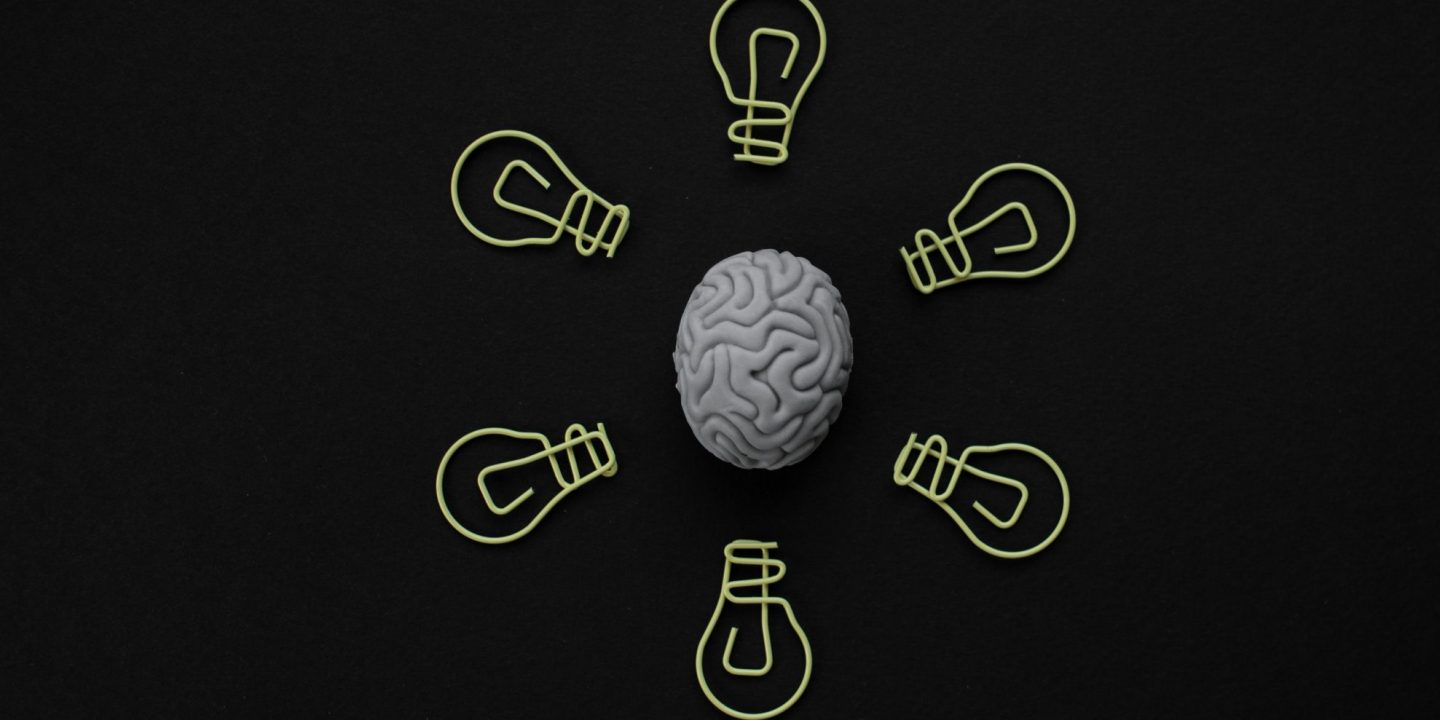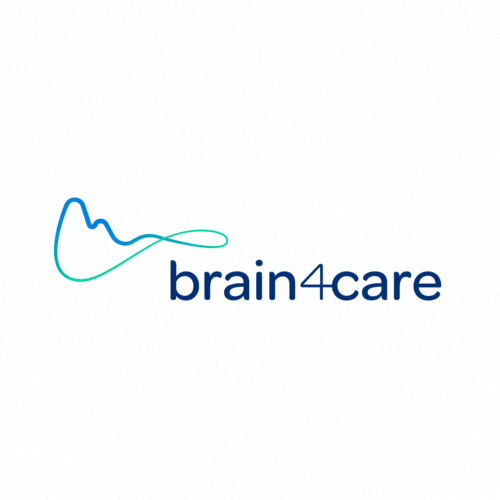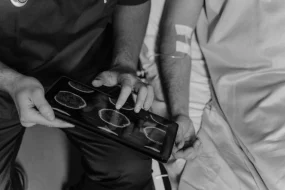
We are still far from knowing the whole mystery that involves the interconnections of the brain with our organism as a whole, but we already have important findings. Check out the list below prepared by the Brazilian researcher Gustavo Frigieri:
1. Our brain weighs about 1.5 kg
About 75% of its total mass is made up of water. Its weight represents 2% to 3% of body mass and consumes about 20% of our oxygen and 15% to 20% of glucose.
2. The brain has about 100 billion nerve cells
Furthermore, it has more connections than the number of stars in our galaxy. It can archive the equivalent of 1,000 terabytes of information. We are even capable of scanning and processing complex images in up to 13 milliseconds. Just to give you an idea, artificial neural networks (ANNs), computational models inspired by the central nervous system, need 40 minutes to process what the brain takes just one second.
3. Our brain pulsates
This happens when the heart beats and sends the flow of nutrient-laden blood throughout the body, including the brain. At this very moment, the brain pulsates. And most importantly: in the presence of some diseases, this pulse behaves differently, indicating that it may be time to investigate more about the patient’s health. Covid-19, for example, changes the way blood flow reaches the brain.
4. The braincase is expandable
More than 200 years ago, medicine believed that the skull was rigid and an increase in the volume of one of its components (brain, blood, and fluid) would imply a decrease in the volume of the others. However, recent findings indicate that the skull can expand to accommodate changes in this internal volume. This ability to adjust is called intracranial compliance and its impairment can lead to increased intracranial pressure.
5. High blood pressure can affect the brain
When the heart beats and carries blood to the brain, if blood pressure is high, the force of this wave can result in intracranial hypertension and cause frequent headaches, sometimes accompanied by nausea, blurred vision, and noises inside the head. Intracranial hypertension can also cause cerebrovascular accidents (CVA), also known as a “stroke”.
6. Obesity can bring complications to the brain
This is because excess abdominal fat compresses the veins in the region, impairing the return of venous blood from the brain to other parts of the body. This fact was already anticipated, but only with non-invasive monitoring, it was possible to observe it.
7. Diseases such as kidney syndrome interfere with brain health
Recent research has indicated that patients with renal syndrome in more severe stages had compromised intracranial compliance. After treating these patients with hemodialysis, compliance returned to a normal state. This is an important clue to understanding how the brain can be affected by the most diverse diseases and how monitoring it is essential to ensure that no further complications arise for a patient.
8. Waking up a patient in an induced coma
With non-invasive monitoring of the skull, the doctor can know more confidently if it is time to “wake up” this patient. For this, he checks whether intracranial compliance is normal. Before, the doctor relied only on the assessment of the patient’s clinical status to make the decision.
9. Artificial lungs are calibrated by the brain
ECMO (an acronym for “Extracorporeal Membrane Oxygenation), or “artificial lung”, became better known in Brazil recently when it was used in the treatment of actor Paulo Gustavo, one of the victims of Covid-19. The technique replaces lung functions when necessary. During this treatment, the volume of blood in the machine and in the body needs to be balanced. For this, the team of specialists observes the patient’s signals, such as temperature, heart rate and blood pressure. With non-invasive brain monitoring, physicians also began to monitor intracranial compliance and more safely calibrate the machine.
10. It is possible to monitor the skull non-invasively and reliably
Until recently, it was only possible to monitor intracranial pressure (ICP) with invasive methods. In fact, invasive intraventricular monitoring is considered the gold standard for this check, but it is related to numerous complications. More recently, non-invasive methods of monitoring intracranial compliance have been successfully used to assess brain health, showing that intracranial compliance is directly related to ICP and may even be a more effective means for this assessment.





